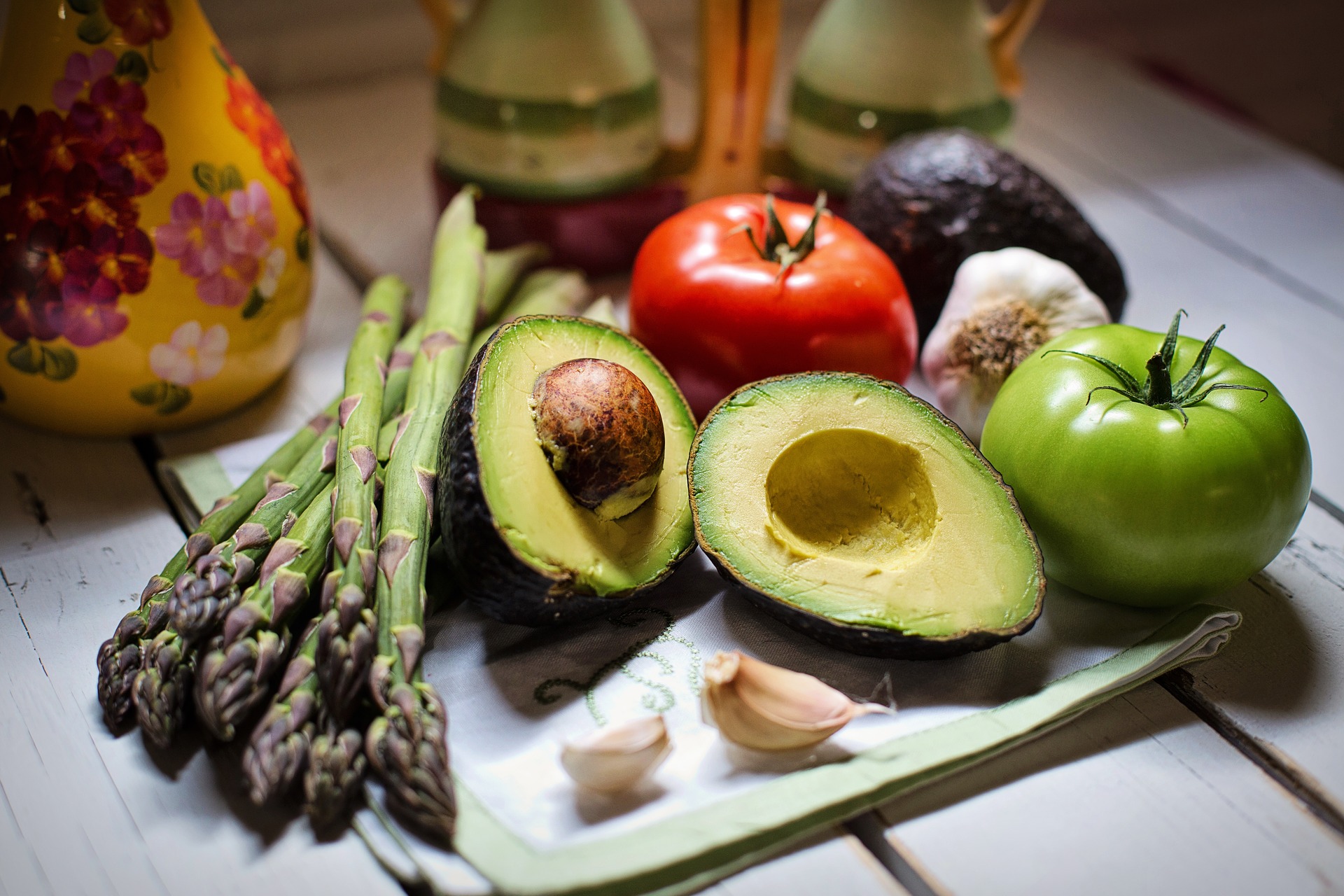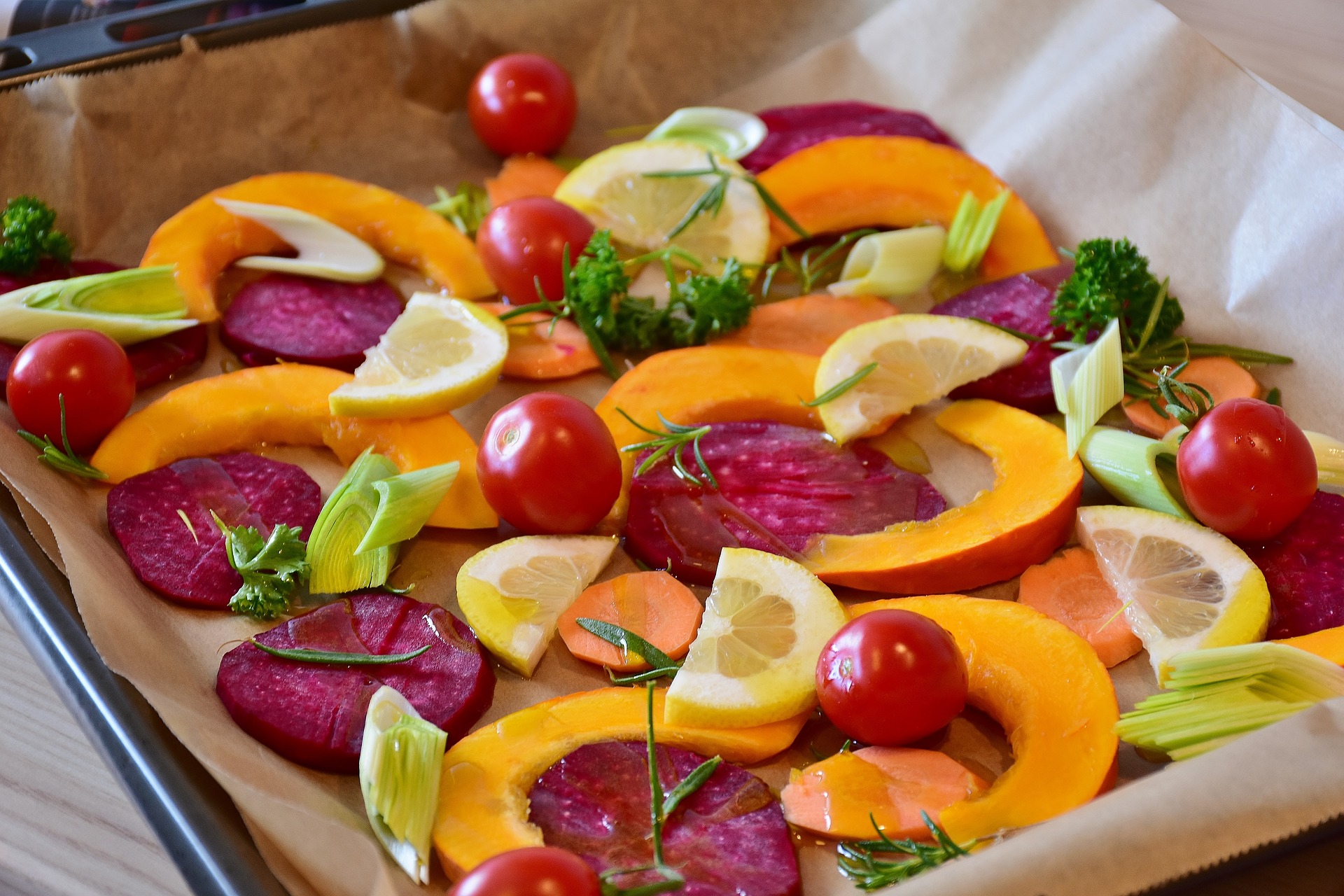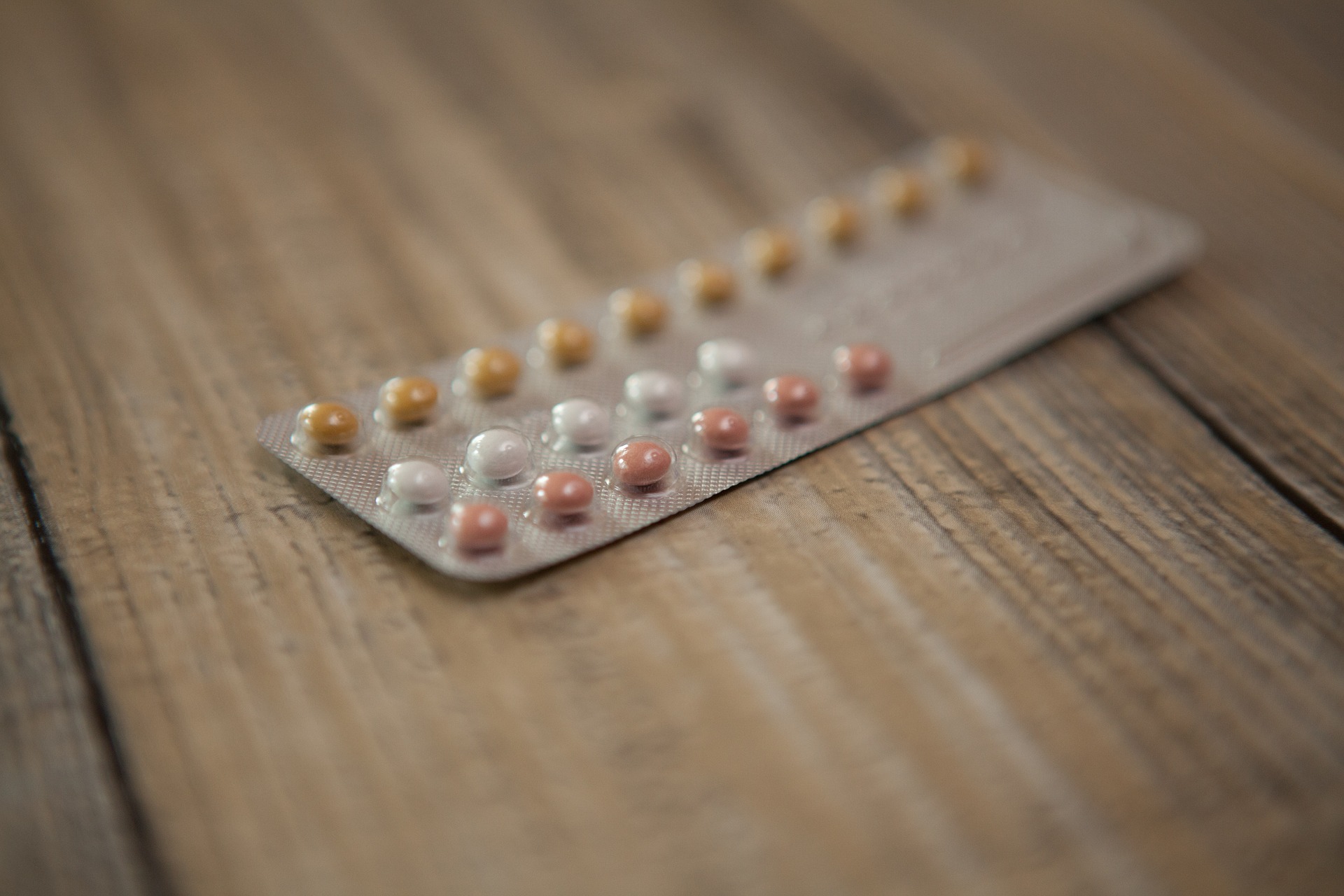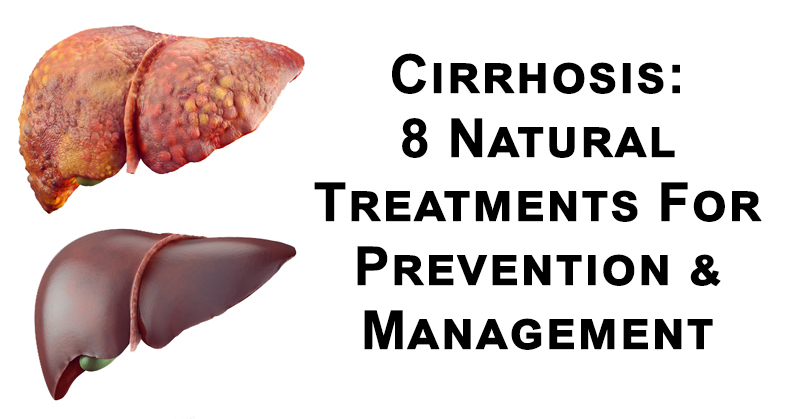Cirrhosis is late-stage scarring of the liver, brought about by a variety of liver conditions. Fatigue, jaundice, and nausea are some common cirrhosis symptoms. However, cirrhosis symptoms often don’t appear until extensive damage has already been done. Other cirrhosis symptoms include bleeding and bruising easily. If you experience several cirrhosis symptoms, be sure to make an appointment with your doctor.
If you’ve already been diagnosed, there are cirrhosis treatment methods to help you manage symptoms. Or, if you’re looking to prevent this condition, a cirrhosis treatment plan is still a smart route to take. A proper cirrhosis diet, for example, is part of a solid cirrhosis treatment plan. Primarily, anti-inflammatory foods are what you want to stick to on a cirrhosis diet. Additionally, you’ll want to consume foods that encourage liver detoxification. Read below for more information on a cirrhosis treatment plan, including a cirrhosis diet. (1)
Here are 8 natural treatments for prevention and management of cirrhosis:
1. Cleanse Your Liver

You can do your part to help your liver filter toxins. Here’s a list of foods that can help: (2)
- dark green, leafy vegetables
- steamed and raw vegetables, or drinking vegetable juices
- citrus fruits
- sweet potatoes, bananas, avocados
- ginger
- “superfoods” including spirulina, chlorella, and wheatgrass
- dandelion root tea
- burdock root
- black seed oil
- fresh squeezed lemon juice
- extra virgin olive oil and coconut oil
- raw apple cider vinegar
And here are foods to avoid that can add stress to your liver: (3)
- overeating
- overly spicy foods
- fried foods
- refined carbohydrates, including those containing gluten
- sugar
- too much caffeine (black tea, coffee, soda)
- alcohol
- Avoid combining too many different food types at once
2. Eat An Anti-Inflammatory Diet

A poor diet is damaging to your liver, just as is alcohol abuse. Diets high in fried, processed, and chemically-pumped foods and raise the risk for liver disease.
As often as you can, eat 4 to 5 servings of raw, organic veggies every day, choosing from a rainbow of vegetable colors. Alternately, juice your veggies, just be sure to watch the sugar content. Be sure you buy organic, as your liver won’t like the chemicals from pesticides!
Also include high quality fats in your diet. For example, you might try coconut oil, nuts, and seeds. Avoid processed foods and foods that come in a box as much as possible!
Furthermore, include these liver-supporting veggies in your meals: (4)
- cauliflower
- broccoli
- leafy greens like kale, spinach, dandelion, watercress
- brussels sprouts or cabbage
- celery
- asparagus
- beets
- carrot
- cucumber
- herbs including parsley, mint, cilantro, basil
3. Reduce Your Alcohol Intake
High alcohol intake is closely tied to fatty liver disease, which leads to cirrhosis. (5)
While chronic intake of high amounts of alcohol causes damage to many organs, the liver is the most affected.
Limit your alcohol intake to no more than 1 or 2 drinks a day. If you already have liver problems, you should try to stay away from alcohol or dramatically reduce your intake.
4. Support The Liver With Supplements

There are a few supplements that can help produce proper bile and enzymes. They can also sooth the digestive tract, reduce intestinal gas, and lower inflammation.
Try these supplements to help with liver health:
- Milk Thistle is one of the best detoxifying herbs. It has been used for centuries to help cleanse the liver. Furthermore, it fights against the buildup of heavy metals, prescriptions, pollutants and alcohol.
- Turmeric is a powerful anti-inflammatory. Not only does it aid in digestion, but it also helps to restore a healthy blood sugar balance. And this, in turn, helps supports liver metabolism. (6)
- Recent research suggests that probiotics can be helpful for liver health. This is because intestinal microbiota play a crucial role in detoxification and metabolic processes. Leaky gut syndrome might change the way that the liver functions. Furthermore, it can make hepatic disorders worse. (7)
5. Maintain a Healthy Weight
Research suggests that obese adults have anywhere between 3-15 times the risk for developing liver disease. This is in comparison to adults at a healthy weight. (8) This is due to the fact that being overweight alters the level of fatty acids and enzymes that your liver produces. Nonalcoholic fatty liver disease ensues when the rate of fatty acid uptake and synthesis is greater than the rate of fatty acid oxidation and export. This process is called “steatosis”. The following result is an excessive amount of triglycerides produced by the liver. (9)
To lower your odds of having high triglycerides, make sure to keep the amount of sugar and packaged foods you eat low. Furthermore, it is crucial that you focus on a nutrient-dense diet made up of whole foods.
6. Reduce Toxin Exposure In Other Ways
The air we breathe, foods we eat, and products we use all contribute to our exposure to toxins. (10) Do what is within your power to avoid breathing in or touching toxins. For example, limit how much you handle dangerous household products, and opt for natural beauty products.
7. Check Your Medications

The liver sorts through chemicals in your bloodstream. These include those from prescription medications, birth control pills, hormone replacement drugs and others. (11) Be sure to learn everything you can about the medications you take. Ask your natural path doctor if there are any natural remedies you could use instead.
8. Prevent Viruses That Can Damage The Liver
Liver diseases, such as hepatitis A, B and C are caused by viruses that are transmitted from person to person. They can cause the liver to develop cirrhosis as well as more dangerous conditions, such as liver failure or liver cancer. (12)
There are methods to safeguard against contracting hepatitis C. For example, practice safe sex, don’t share needles, razors, toothbrushes, or other personal items. Furthermore, always wash your hands with soap and warm water immediately after using a bathroom or touching someone’s blood.


